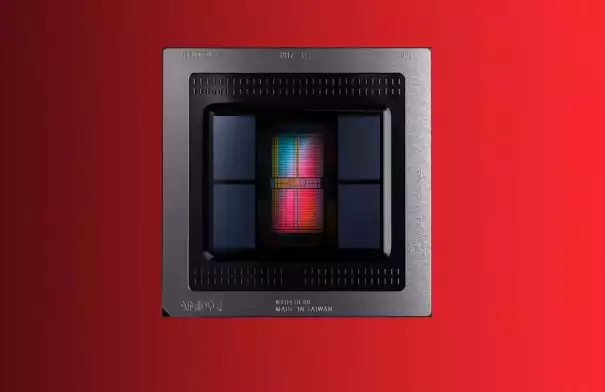It may sound like something out of a lo-fi sci-fi novel, but the Infinity Cache may be the key to AMD Big Navi really challenging the Nvidia GeForce RTX 3080
Regular tech tipster momo_us spotted the Infinity Cache trademark just weeks before the scheduled October 28 reveal of Big Navi and other Radeon RX 6000 series graphics cards From this we can assume that Infinity Cache will be on the new Radeon graphics cards
But what exactly is Infinity Cache? We don't really know, since the trademark only states that it applies not only to graphics cards, but also to processor memory, storage, connectors, and other sets of computer hardware [But we can speculate here One reason for this is that our colleagues at Tom's Hardware have suggested that Infinity Cache could be a way for GPU cores to share cache memory (a small pool of temporary storage that allows the processor to quickly gather the data needed for a particular task), and thus, that the amount of L1 and L2 cache memory that a core can access will increase
A large pool of cache memory near the processing unit could mean that the GPU would need to access the large video memory on the graphics card less often This is because the more cache there is, the greater the likelihood of a "cache hit A "cache hit" is a situation where the data a core is looking for is immediately available in temporary memory, while a "cache miss" is a situation where that data is not in memory and must be retrieved from other storage Therefore, having a larger shared cache in the core should allow the GPU to perform tasks faster
AMD has previously done something almost similar with the Infinity Fabric of server-grade EPYC processors, where memory is shared and there is closer communication between the CPU and GPU
This approach allows the Infinity Cache to compete with the 256-bit memory interface bus that AMD expects Big Navi to feature Comparatively, the RTX 3080 has a 320-bit memory bus and delivers a memory bandwidth of 760 GB/s The memory bandwidth of Big Navi is unknown, but given its smaller memory bus, it is unlikely to be as large as the RTX 3080
However, more cache memory would theoretically (and we stress this is all speculative) allow the GPU cores to access the Big Navi graphics card's VRAM less often, thus avoiding a slower memory bus This could provide the advantage needed to compete with the RTX 3080
More details will become available in a few weeks But so far, the Big Navi and other Radeon RX 6000 graphics cards are becoming suitable competitors to the Nvidia RTX 3000 series It's an exciting prospect for gaming PC builders looking to put together a new machine this fall










Comments